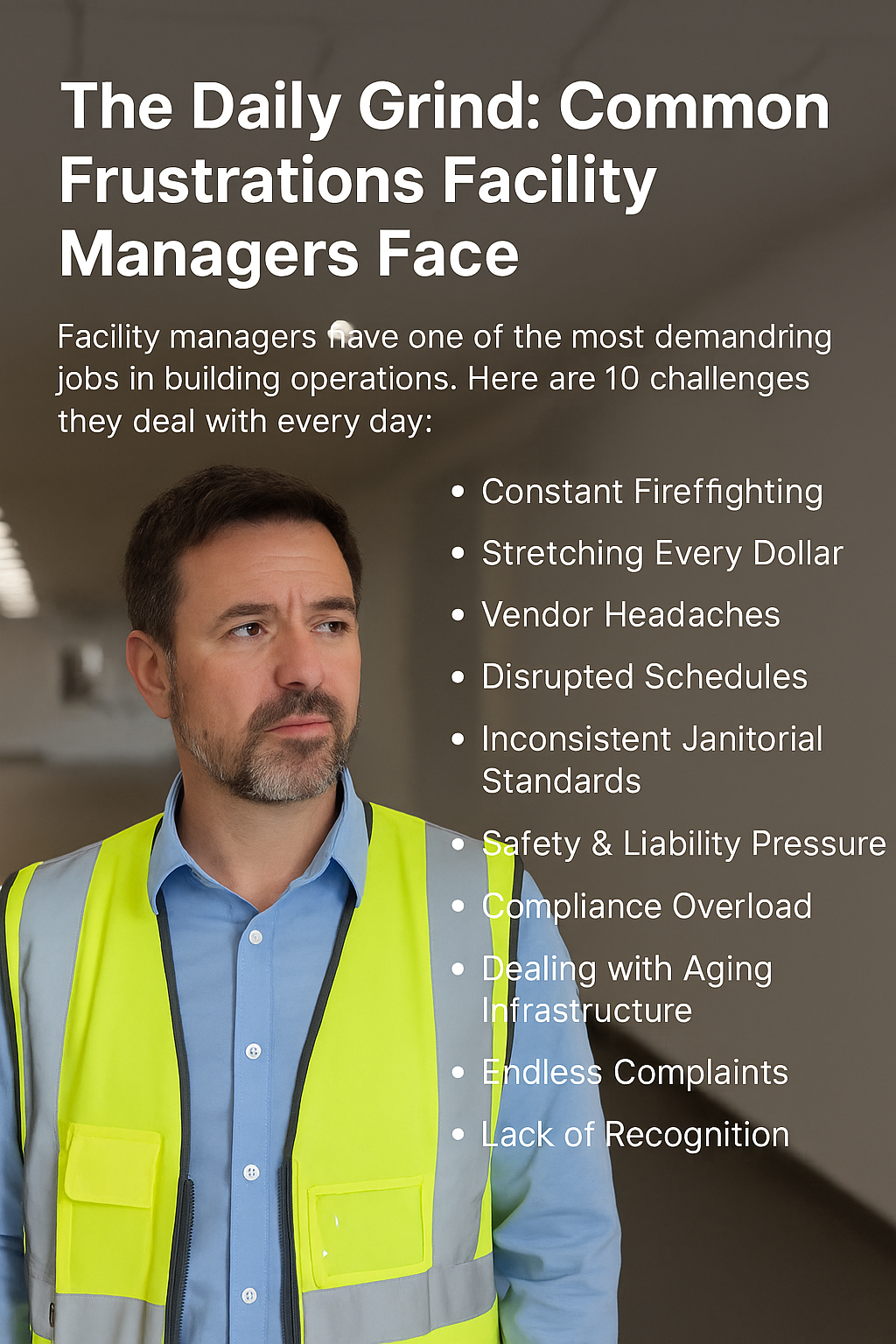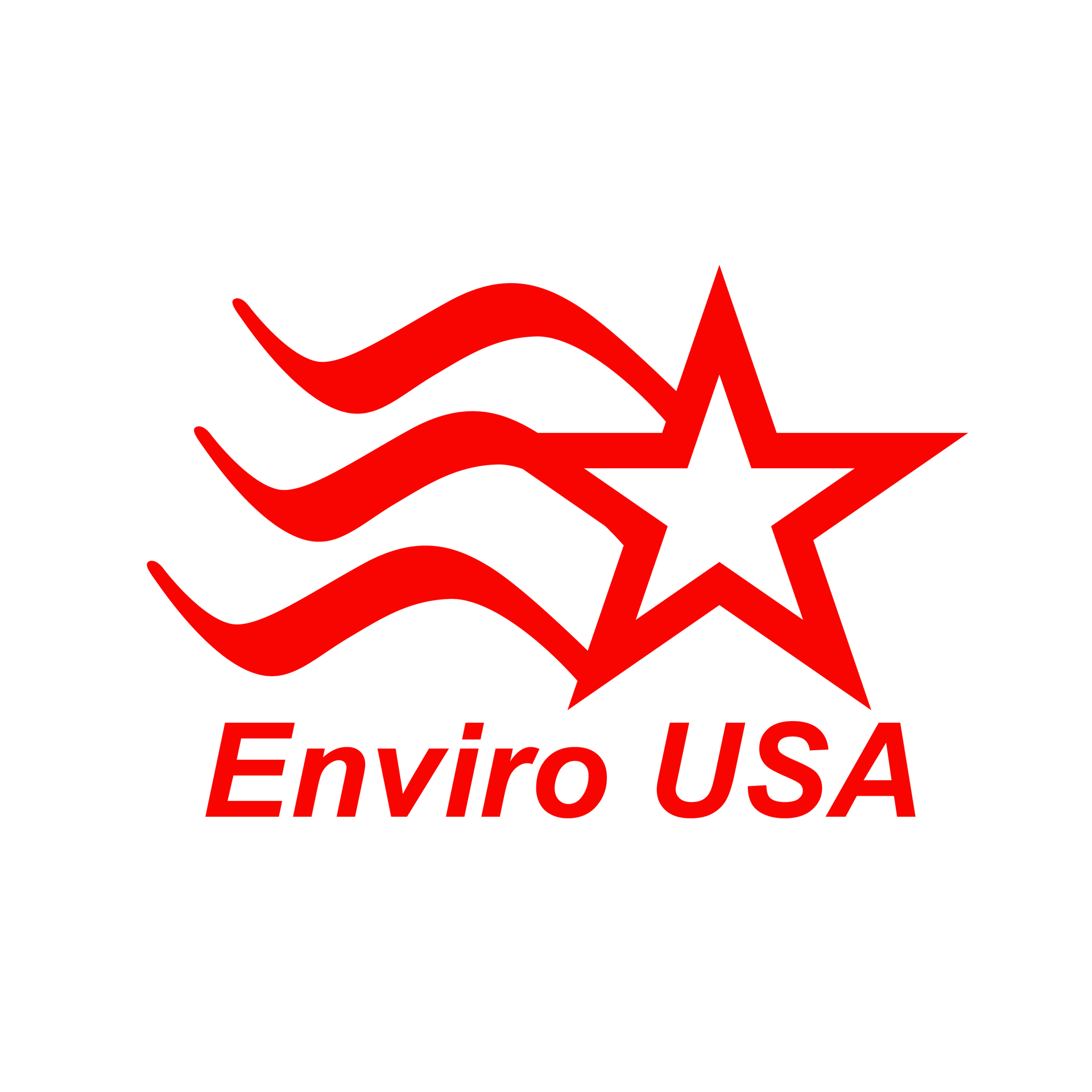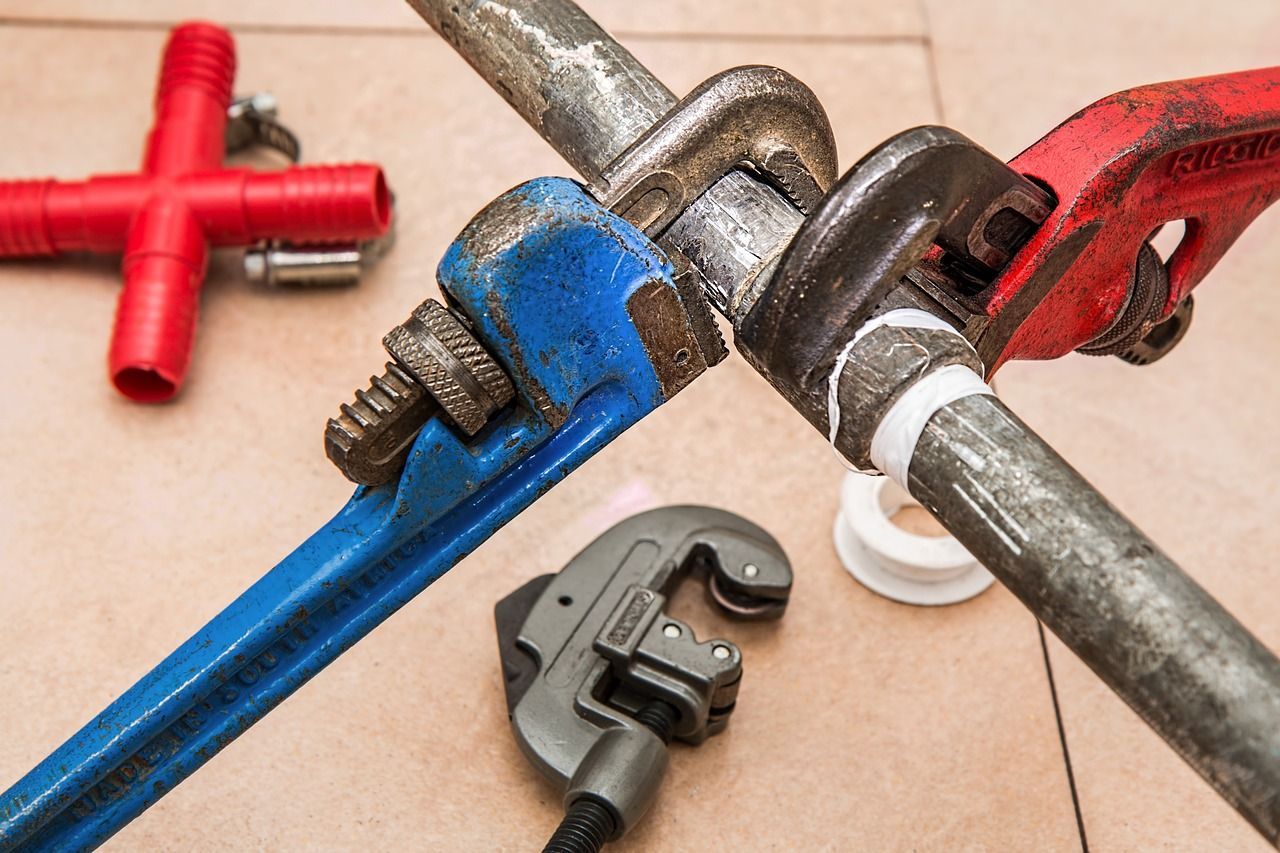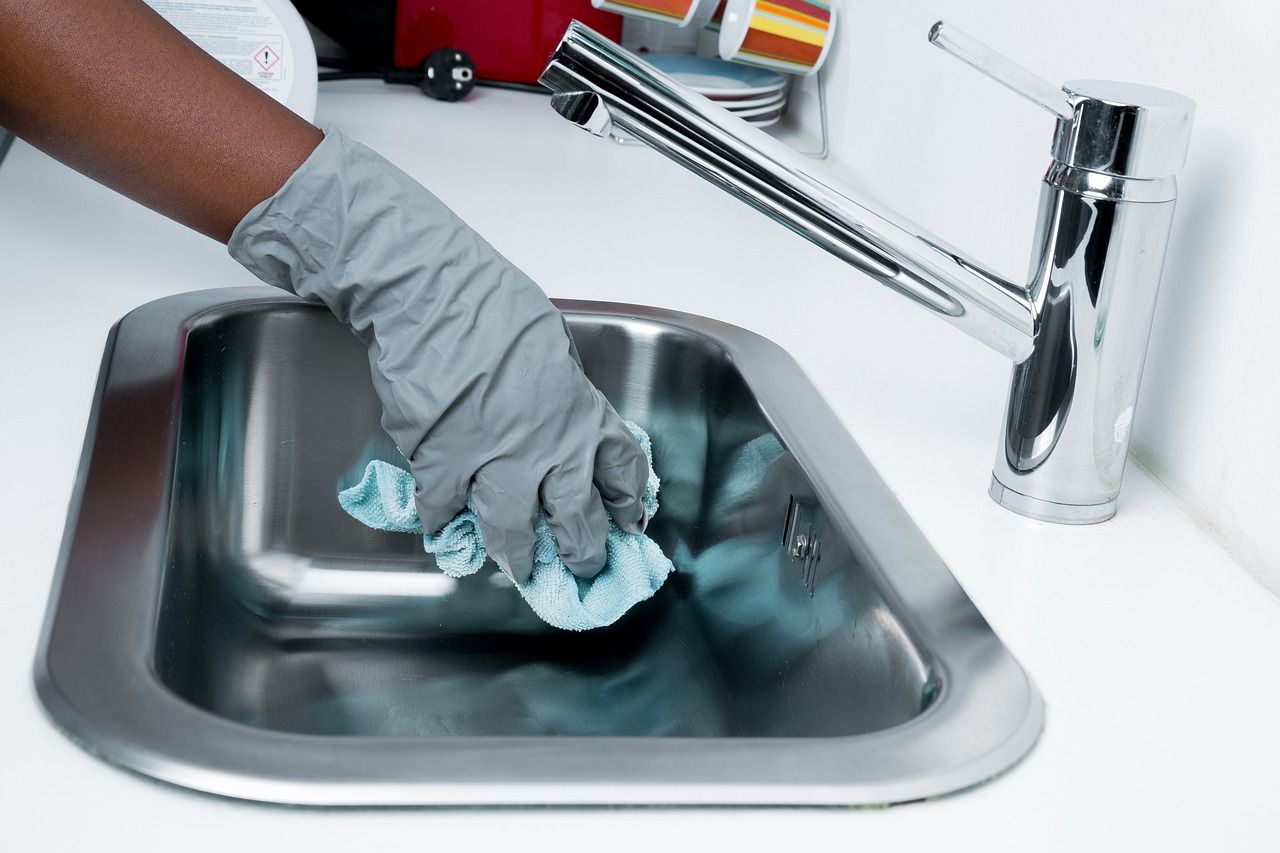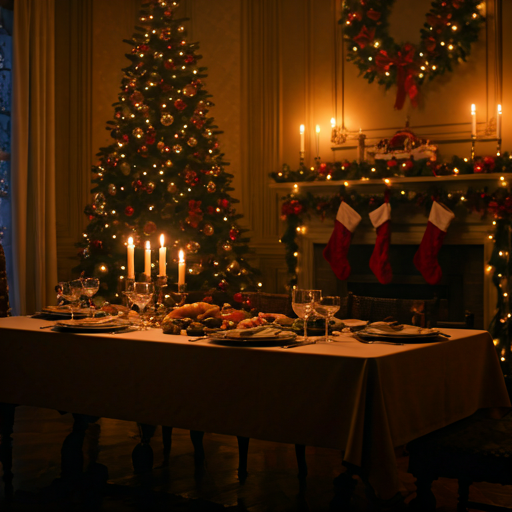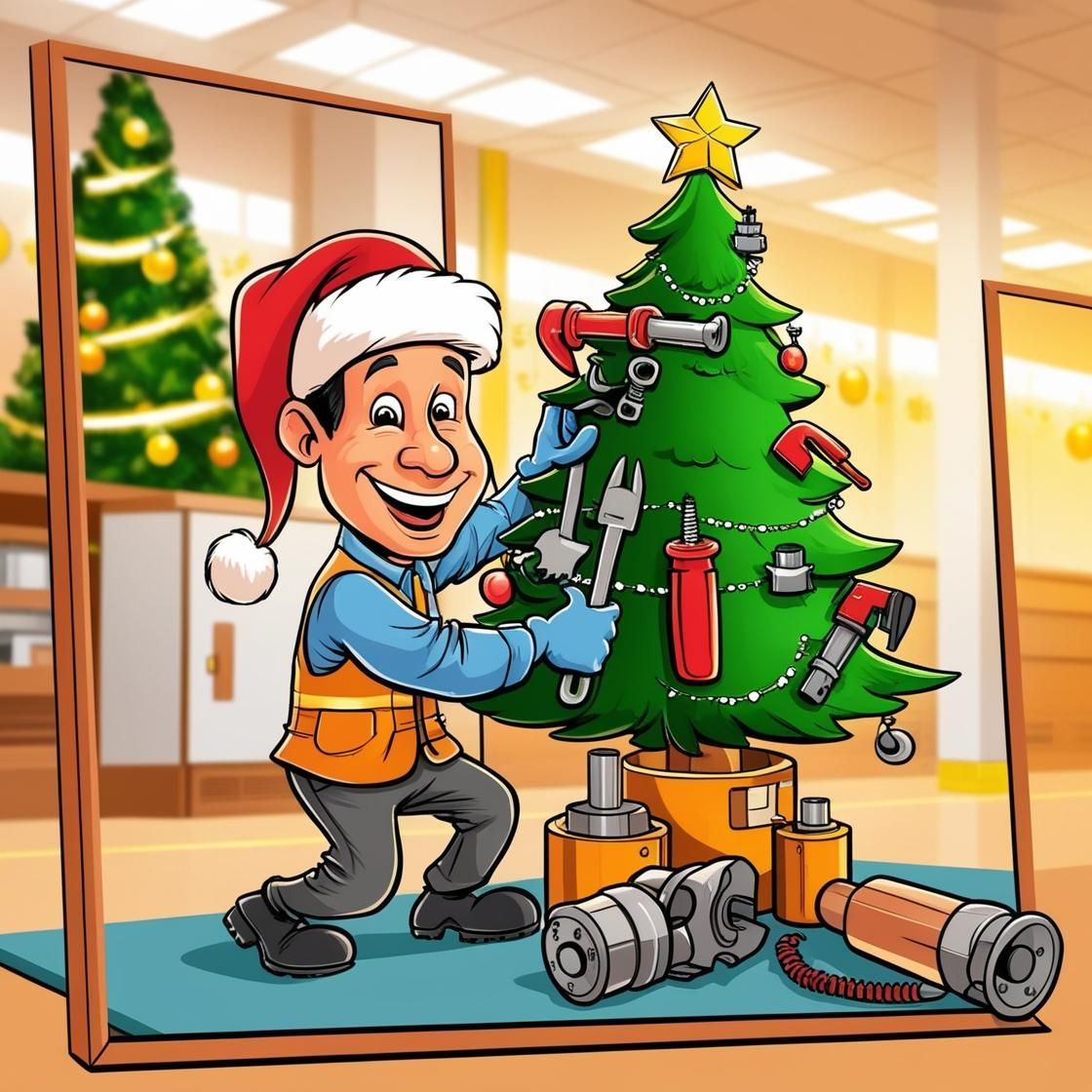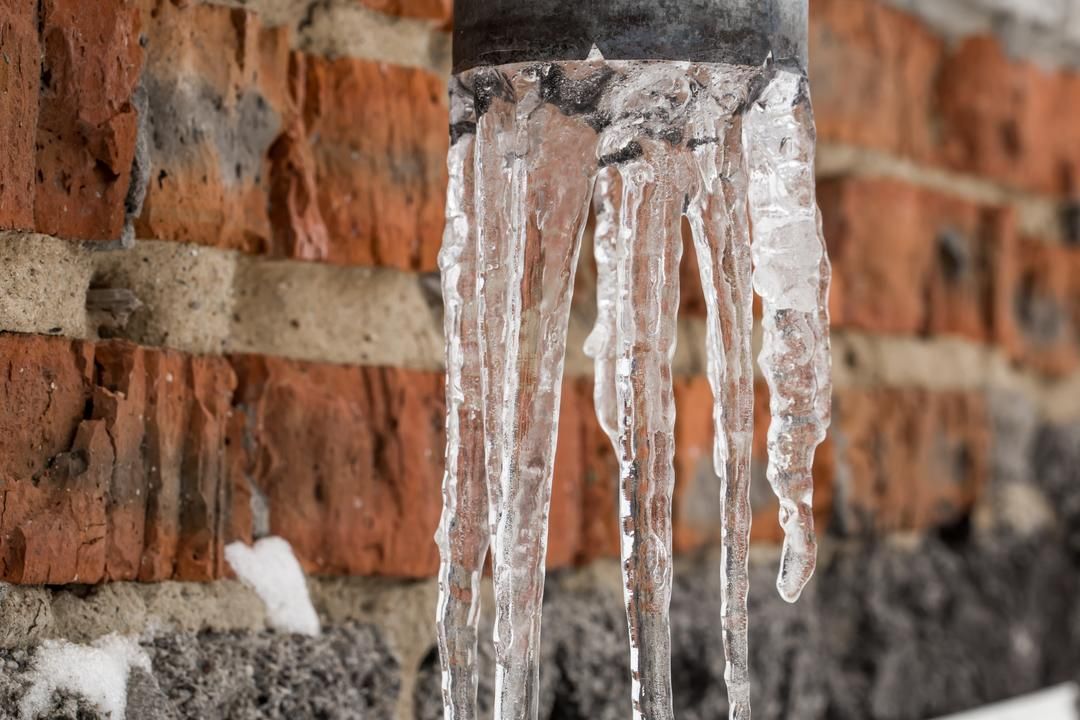The History of HVAC
Since last week we talked about Emergency HVAC, this week I wanted to dive into the history of HVAC.
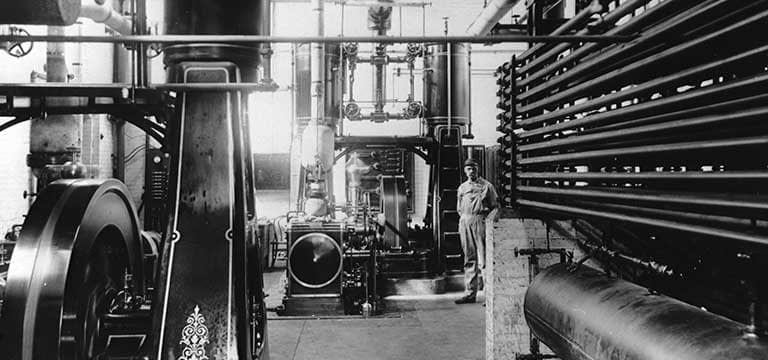
Could you imagine not having some form of HVAC? Well some form has been around since the beginning of time.
Primitive Man – Cavemen made their homes in caves not only to protect themselves from predators but because the air underground was cooler than outside.
The Egyptians – The learned that hanging wet reeds in windows cooled the air naturally. The moisture off of the reeds would cool the air as it moved across the reeds. This eventually became the basis for water-cooled air conditioning.
Greeks and Romans – They are the ones to thank for the idea of aqueducts, which I know you are thinking what does moving water through the city have to do with HVAC? Well they were the basis for cooling/heating water pipes. Another fun fact is they actually built luxury homes and bath houses with vents under the floors to move hot or cold air through the building.
Chinese – The first manually operated rotary fan was invented by Ding Huan. It had seven wheels that measured 10ft in diameter, in the 8th century they applied hydraulic power to rotate the wheels.
Middle Eastern - They designed towers that caught and circulated the cool breezes, drawing the air up and pushing warm air out. This concept has changed overtime but the idea of a cooling tower still exists today with air ducts.
Victorians - Victorian-style homes with high ceilings, large covered porches, and recessed windows for cross ventilation. Thus keeping their homes and castles cooler.
Now the actual invention of what is now known as HVAC.
The 1800’s - In the 1840s, physician and inventor Dr. John Gorrie of Florida proposed the idea of cooling cities to relieve residents of "the evils of high temperatures." Gorrie believed that cooling was the key to avoiding diseases like malaria and making patients more comfortable, but his rudimentary system for cooling hospital rooms required ice to be shipped to Florida from frozen lakes and streams in the northern United States. . He designed a machine that created ice using a compressor powered by a horse, water, wind-driven sails or steam and was granted a patent for it in 1851. Unfortunately Gorrie’s patent never made it to the marketplace.
The 1900’s – After the idea of artificially cooling air had become stagnant for quite a few years, engineer Willis Carrier took a job for the Buffalo Forge Company. Carrier was tasked with solving a humidity problem that was causing magazine pages to wrinkle at a publishing company. Through varied experiments Carrier designed a system that controlled humidity using cooling coils. He also devised and patented an automatic control system for regulating the humidity and temperature of air in textile mills.
At the St. Louis World's Fair in 1904, organizers used mechanical refrigeration to cool the Missouri State Building. The system used 35,000 cubic feet of air per minute to cool the 1,000-seat auditorium, the rotunda and other rooms within the Missouri State Building. It marked the first time the American public was exposed to the concept of comfort cooling.
In 1922, Carrier Engineering Corporation installed the first well-designed cooling system for theaters at Metropolitan Theater in Los Angeles, which pumped cool air through higher vents for better humidity control and comfort throughout the building.
In May 1922 at Rivoli Theater in New York, Carrier publicly debuted a new type of system that used a centrifugal chiller, which had fewer moving parts and compressor stages than existing units. The breakthrough system increased the reliability and lowered the cost of large-scale air conditioners, greatly expanding their use throughout the country.
Frigidaire introduced a new split-system room cooler to the marketplace in 1929 that was small enough for home use and shaped like a radio cabinet. However, the system was heavy, expensive and required a separate, remotely controlled condensing unit. General Electric's Frank Faust improved on this design, developing a self-contained room cooler, and General Electric ended up producing 32 similar prototypes from 1930 to 1931.
Around this same time, Thomas Midgley, Albert Henne and Robert McNary of General Motors synthesized chlorofluorocarbon (CFC) coolants, which became the world's first non-flammable refrigerating fluids, substantially improving the safety of air conditioners.
Home cooling systems got smaller after H.H. Schultz and J.Q. Sherman filed a patent for an air conditioning unit that could be placed on a window ledge. The units hit the market in 1932 but were not widely purchased due to their high cost.
Engineer Henry Galson went on to develop a more compact, inexpensive version of the window air conditioner and set up production lines for several manufacturers. By 1947, 43,000 of these systems were sold -- and, for the first time, homeowners could enjoy air conditioning without having to make expensive upgrades.
By the late 1960s, most new homes and commercial buildings had central air conditioning, and window air conditioners were more affordable than ever, fueling population growth in hot-weather states like Arizona and Florida. Air conditioning is now in nearly 87% of American homes and Commercial Buildings.
Since then there have been better, faster, colder HVAC units created. Now we have touch screen thermostats, you can change your temperature from your phone or tablet.
But no matter the newest improvements one thing will always be the same, and that is HVAC maintenance.
Enviro USA is here to help you with all of your Building Maintenance Needs.
Call Enviro USA today at 866-564-1414 or visit our website at www.envirousa.com to set up a meeting with one of our team to discuss any HVAC needs your building/s may have.
“Building Care Made easy”
